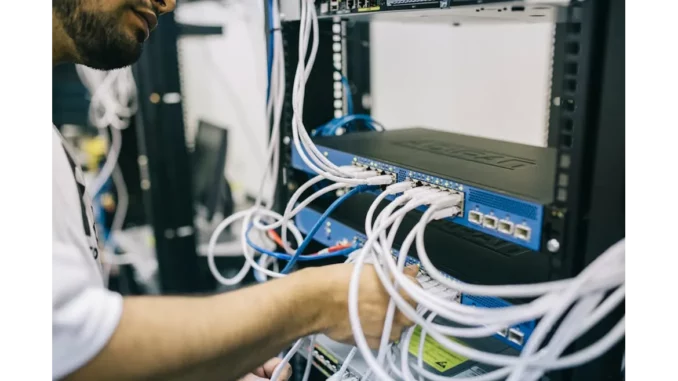
Upon entering a medical facility, few people give much thought to the intricate machinery that healthcare professionals utilise in diagnosing and treating patients. This oversight is rooted in a fundamental trust—a quiet assurance that the equipment will operate flawlessly, underpinning the very essence of healthcare. This unspoken confidence is indispensable for both patients and healthcare providers, forming the bedrock of their interaction.
Recently, I had the privilege of engaging in a conversation with Dr Emily Clarke, an esteemed cardiologist based in London. Over cups of coffee in her warmly lit office, Dr Clarke shared her perspective on this often-unseen aspect of healthcare, recounting experiences that highlighted the critical nature of this trust. “When I enter a patient’s room,” she explained, “there’s an inherent expectation that every piece of equipment functions optimally. Whether it’s an ECG machine or a sophisticated MRI system, my confidence in these devices is pivotal to delivering effective care.”
Dr Clarke’s observations resonate with a broader truth within the medical community: the necessity for medical professionals to rely on the consistent performance of their tools. But what happens when this trust is jeopardized? This question has emerged prominently in discussions surrounding the burgeoning right to repair movement. While this movement might appear beneficial for consumers eager to mend their electronics independently or at local repair shops, its potential implications for medical devices are far more complex and concerning.
Dr Clarke expressed her apprehensions regarding the possible repercussions of unregulated repairs on medical devices. “Imagine if equipment were serviced by individuals lacking proper certification or if inferior parts were used in repairs,” she said. “The issue transcends mere device malfunction; it encompasses the potential ramifications for patient safety.” Indeed, medical devices are not comparable to everyday gadgets. They are intricate, heavily regulated instruments that demand stringent oversight. Regulatory bodies like the U.S. Food and Drug Administration (FDA) play a crucial role in ensuring that repairs are conducted safely and transparently—yet third-party repairs might circumvent these regulations, introducing potential safety hazards.
The risks associated with unregulated repairs are particularly alarming for underrepresented communities, where trust in the healthcare system may already be tenuous. Dr Clarke underscored this point, observing that “in areas where healthcare access is already constrained, any further uncertainty regarding the safety of medical devices could deter individuals from seeking necessary treatment.” This concern is not without basis. Communities already confronting healthcare barriers, such as inadequate infrastructure and limited resources, may find these challenges exacerbated if medical device reliability is compromised. Moreover, the potential for heightened cybersecurity threats cannot be overlooked. The healthcare sector has already experienced significant data breaches, and permitting unregulated repairs could magnify this vulnerability.
Nevertheless, there is a glimmer of hope amidst these challenges. Several states have astutely included exemptions for medical devices in their right to repair legislation, acknowledging the exceptional nature and paramount importance of these tools. This strategic move aims to preserve the integrity of medical devices while ensuring they are serviced by certified professionals adhering to rigorous standards. Dr Clarke expressed relief at these exemptions, noting that “it’s reassuring to know that safeguards exist to protect the equipment we rely on. Ultimately, it’s about maintaining the highest standards of care for our patients.”
As our discussion concluded, I realised that trust in medical devices is an invisible thread weaving through the tapestry of healthcare. Without this trust, the entire system risks unraveling, leaving both patients and professionals in uncertain territory. Keeping medical devices excluded from right to repair policies appears to be a judicious choice, prioritising safety over convenience. For the sake of the trust we place in our healthcare systems, and for the well-being of both patients and doctors, it is imperative to uphold rigorous standards and ensure medical devices are serviced by those qualified to do so. As I departed from Dr Clarke’s office, I reflected on the silent assurance we often take for granted. The trust in those blinking machines and beeping monitors is not just about technology; it is about ensuring that every heartbeat, every breath, and every moment in a hospital is safeguarded by the very best care possible.


Be the first to comment